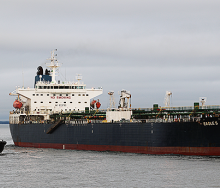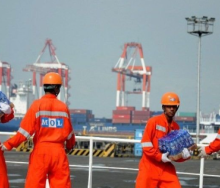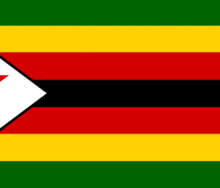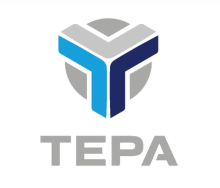South Africa stands to benefit from the spiralling coal price if European states turn to alternative import sources outside of Russia, a global think tank has forecast.
Coal prices soared, hitting $462 per tonne on Thursday, up from $186 just two weeks ago and likely to exceed the $500 mark this year.
And if coal sanctions go ahead against Russia, alternative imports into Europe from South Africa, the United States and Germany may need to be considered.
However, Transnet will need to improve its rail security issues to drive up SA’s import volumes.
This was according to the latest coal price research by Rystad Energy released this week.
Most of Europe and the wider world have focused on how Russia’s war in Ukraine has impacted oil, gas, and, more recently, nickel prices.
However, relatively little has been mentioned about the coal price shock that is likely to hit the region and spread like a tsunami around the world, Rystad said in a statement.
Russia is Europe’s largest supplier of thermal coal.
According to Eurostat, last year Russia supplied EU states with 36 million tonnes of thermal coal, representing 70% of total thermal coal imports.
Volumes have remained at this level, but a decade ago Russian coal imports comprised half of these at 35%.
While total power coal demand has been on a declining trend for the last 10 years, coal-fired power generators in Europe have become increasingly dependent on Russian coal and Russia’s market share has grown substantially over time.
“There is simply an almost complete absence of surplus thermal coal available globally. Prices have shot past $400, and the $500 per tonne mark seems to be in play,” said Steve Hulton, vice president of Coal at Rystad Energy.
He said as gas prices continued to soar, European administrations might look to coal to pick up any shortfall in electricity generation as gas usage was scaled back. However, coal consumers will struggle to source additional coal from alternative producers because the supply/demand balance of international seaborne thermal coal is extremely tight.
He said the sky was the limit for prices if sanctions on coal trade with Russia eventuated or if there was a physical disruption to Russian rail/port transportation.
However, at this stage, alternative sources from Colombia, Germany, Poland, South Africa and the US have provided little relief.
Imported coal is generally of better quality and cheaper than any European coal as all the best coal in Europe was mined out years ago. Germany for example, once a coal-mining powerhouse, no longer produces any bituminous coal or anthracite.
The last couple of ‘hard’ or ‘black’ coal mines, were closed in 2018 following years of financial subsidies.
Poland is Europe’s largest remaining coal producer.
However, the long-term production trend is in decline and while Poland exports some thermal and coking coal to neighbouring EU countries, it has also increased imports of high-energy thermal coal from Russia.
According to Rystad, some of the first places buyers will be calling will be suppliers from Colombia and South Africa.
South African coal exports have been below planned levels for a number of years.
Exports fell below 60 million tonnes last year, the lowest level in decades as the rail network was severely hampered by theft of copper cable.
“Annual exports of 70 to 75 million tonnes should be achievable if railway operator Transnet can sort out its security issues,” the research firm said.
Colombian coal production, which is nearly all exported, recovered in 2021 following a large fall in 2020 due to Covid-19 and a three-month-long industrial dispute at the large Cerrejon operation.
Production rose to 59.6 million tonnes in 2021, up from 49.3 million tonnes the year before but still well short of the almost 80 million tonnes it achieved previously.
“It is expected that production will increase again this year, potentially making an additional 10 million tonnes available for the export market, particularly as Glencore, now the full owner of Cerrejon, looks to take advantage of market conditions and rack up value from the acquisition,” the firm said.
US coal production is currently resurging after several years of decline, boosted by strong coal demand and robust prices.
US thermal coal producers were on track to end up exporting approximately 36 million tonnes last year, a hefty 30% increase from 2020.
However, a lack of investment in new mining areas has led to several US mines closing, which will hamper the ability to ramp up additional coal for the EU market.













